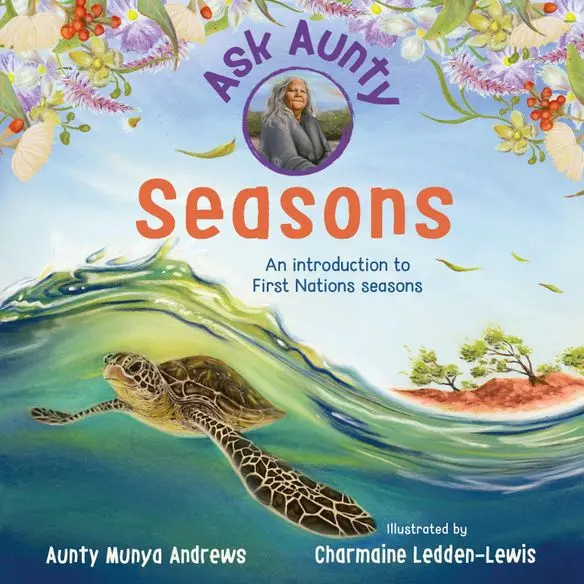Aunty Munya Andrews introduces and explains the Indigenous seasons particularly those identified by her people the Bardi on Bardi Jawi Country in the far west of the Kimberley region of Western Australia.
She explains that Country is part of family as it is the connection to their Ancestors and their identity and Country must be looked after just as family is. Looking after Country means an understanding of the seasons. Reliance on dates and the calendar is not how Australia’s First Nations people recognise seasons, rather it is understanding the changes occurring in nature, on Country.
The Bardi people recognise six seasons, but other Indigenous people may have more. The Kamu people of Naulyu (Daly River) in the Northern Territory have 13 seasons. This understanding of Country and the seasonal changes has been passed down over thousands of years and is important to the health and well-being of Indigenous groups.
Aunty Munya names and explains the six seasons of the Bardi, the signs to watch for. Some seasons Mankal may bring wild weather from the ocean a time when the Bardi people move further inland for shelter. It is also the time for madooroo (Kakadu plum), a fruit very high in Vitamin C. There is a season of extreme high tides and mosquitoes. Another of cooler weather, Bargan, begins dugong hunting season. Each season has its benefits and its challenges.
Bringing the text to life are the colourful illustrations of Charmaine Ledden-Lewis. The seasonal changes to the food sources are set against backdrops of the impact of the weather on the seasons. The endpaper at the front has illustrations, and the names in English and language of various aspects of the book.
A note from Aunty Munya at the end explains some of the Bardi terms used. There is also a pronunciation guide and a list of additional resources.
Aunty Munya Andrews is an Elder of the Bardi people. She is the Co-Director of Evolve Communities Pty Ltd which specialises in cultural awareness training. She is enthusiastic about keeping Indigenous languages alive and sharing her Culture. Charmaine Ledden-Lewis is a Bundjalung woman and an award-winning illustrator. She is passionate about sharing First Nations experiences and perspectives through the language of art and visual literacy.

